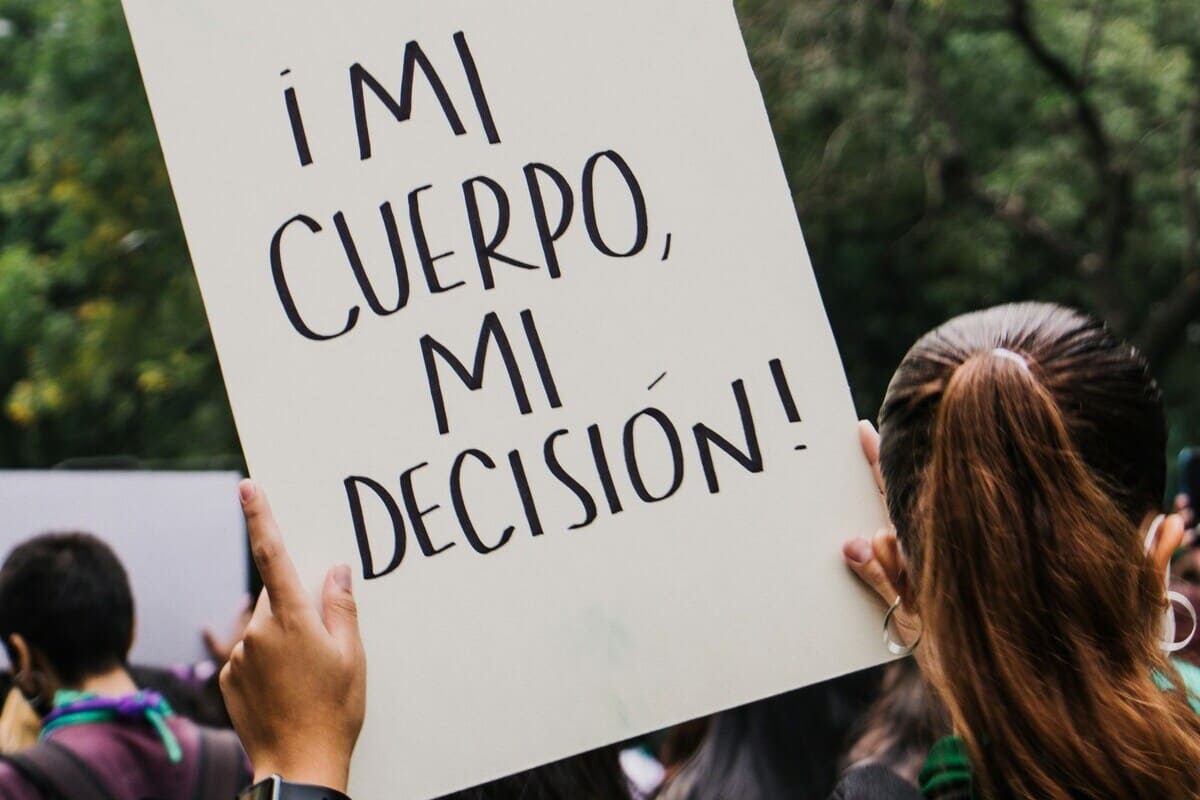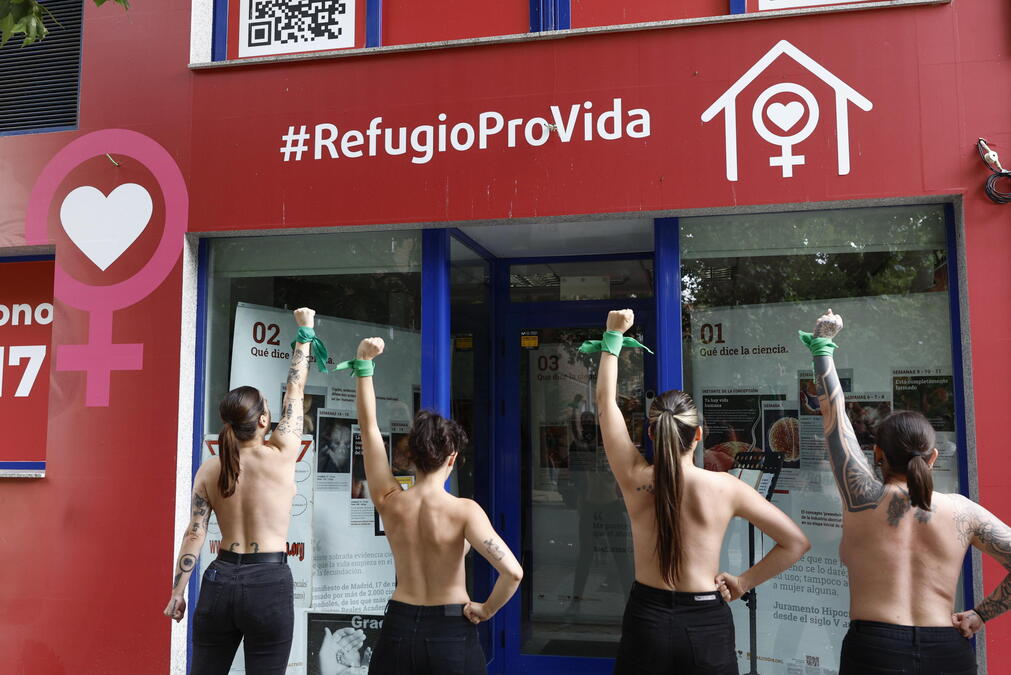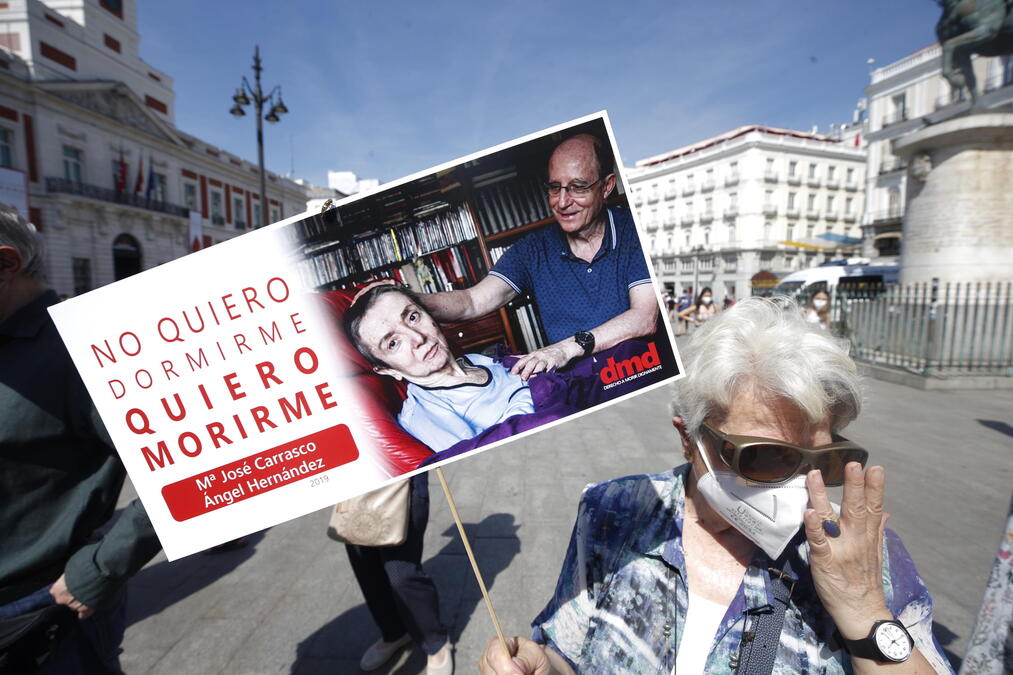
Spain isn’t on a slippery slope, it’s more like a cliff edge. The push towards death is accelerating with two strides resembling an embrace. Two recent developments highlight this trend: the Spanish Constitutional Court’s approval of a reform allowing 16 and 17-year-old girls to have abortions without parental consent and the Spanish Health Ministry’s inclusion of mental illnesses in the Manual of Good Euthanasia Practices.
The framework seems to be heading towards subtraction disguised as the addition of rights and multiplication of freedoms. And acceleration is the key word here.
Spain Speeding Towards Euthanasia and Abortion
A century ago, G.K. Chesterton identified a way to unmask a well-told lie. Many bells these days try to sell the idea that when processes and events speed up, progress is happening and the world is improving. In reality, acceleration can be a sign of something coming to an end, firing off its final shots in rapid succession. Think of fireworks at a festival — when they start going off wildly, the show is coming to an end. It’s like how young children get hyperactive when exhausted and refuse to fall asleep. They run around, then suddenly collapse.
The news coming from Spain about the acceleration in these two areas is like skipping the beginning and end of a TV show. We click on “skip intro” and stop the closing credits. But when it comes to the beginning and end of life, the directors of human destiny tend to make the protagonist believe the script leads to exciting adventures and freedom, when in reality, the story takes a wide-reaching approach to pruning roots and branches.
Abortion at 16 Without a Second Thought (or Parental Consent)
By rejecting the appeal from the Vox party, the Spanish Constitutional Court ruled that girls aged 16 and 17 don’t need parental consent for an abortion. Alongside this ruling, there are two significant corollaries: “The text provides for the creation of a conscientious objectors registry for healthcare personnel and removes the obligation to inform women about services and aid for maternity support, as well as the three-day reflection period” (Agi).
Cutting out the existing connections that speak the language of belonging and acceptance. The family is excluded, information about community support is removed, and the reflection time is cut. By removing, not only the life inside the womb is eliminated, but much life is also taken away from the girl with a burden in her belly. The message is clear: you are alone, there are no resources around you, don’t stop to think. The family? Just a mummified voice from which we can tear off the sticky cobwebs. The human community? Leave you in peace, go on your way. Hurry up, you have other things to do, move past this day hospital admission. Note: the Spanish abortion law highlights public hospitals as the pivot of the system. Once the link with mother and father is cut, this large state womb with waiting rooms remains, where waiting is less and less and you quickly exit, delaying the internal struggle to an unspecified future date.

Euthanasia for Mental Illnesses
The same urgency to cut through the noise emerges concerning the end of life. When the story of days plunges into the gloomy drag of suffering, the closing credits are cut off.
In Spain, the euthanasia law (Ley Orgánica de Regulación de la Eutanasia, LORE) has been in effect since June 2021. Alongside it, there is a Manual of Good Euthanasia Practices that the Health Ministry recently intervened in to specify an aspect of the law. According to Diario Médico, which had access to the draft, the modification would clarify that LORE “does not exclude mental illness, allowing people suffering unbearable pain due to a mental illness to request MAA [medical aid in dying] on equal terms with those whose suffering stems from a physical illness.” It does not exclude, it enlarges, expands, and throws open its arms.
Thus, Autistic and Bipolar Individuals Will Be Helped. To Die

Dying Fast and During Working Hours
Another aspect being pressed for further changes is the acceleration of timelines. In its evaluation report on three years of implementing the euthanasia law in Spain, the association Dmd (Right to Die with Dignity) criticizes the excessively long duration of the euthanasia process. An aggravating factor of this slowness is stated as if it weren’t so tragic, it would provoke a bitter laugh: 32 applicants could not complete euthanasia because they died before. Beware, death can naturally occur before the time taken to allow the patient to administer it to themselves, hence, expedite the process.
Despite the rush to close the curtain, let’s pause for a couple more seconds on the closing credits. One standout data in the Health Ministry reports on the implementation of the euthanasia law is the profile of healthcare personnel implementing the procedure: there is a predominance of family doctors (57.33%). “Patients usually turn to family doctors to request euthanasia, so these are key figures. Their role is crucial, given that the law limits the process coordination to doctors, even though in practice, nursing staff and other professionals collaborate closely. For these reasons, faced with testimonies of doctors who have had to handle euthanasia requests outside of working hours, some Guarantee and Evaluation Commissions, like the one in Catalonia, in their first report, ask healthcare institutions to ‘grant time and flexibility and provide support to these professional figures for the benefit of exercising a high level of citizens’ rights'” (from the First official report on euthanasia in Spain: a comparison with Canadian and New Zealand experiences, published on Medicina Clinica, November 2023).
Euthanasia Affects Doctors’ Mental Health As Well
What isn’t as widely acknowledged is the growing mental and emotional distress among doctors practicing euthanasia. A study conducted by Gaceta Sanitaria documents an increase in tensions, difficulties, and sources of discomfort for medical personnel in all stages of their involvement in the evaluation, consultation, and execution of the gentle death.
If we were to heavily emphasize the dark tones of the scene, a short circuit that would make Orwell blush might be inferred: there is a rush to expand the realms of euthanasia to offer a death service to patients with mental disorders, only to find ourselves having to offer it to doctors who develop a mental disorder after the service.
Image by Malvestida on Unsplash



